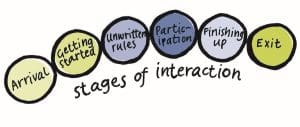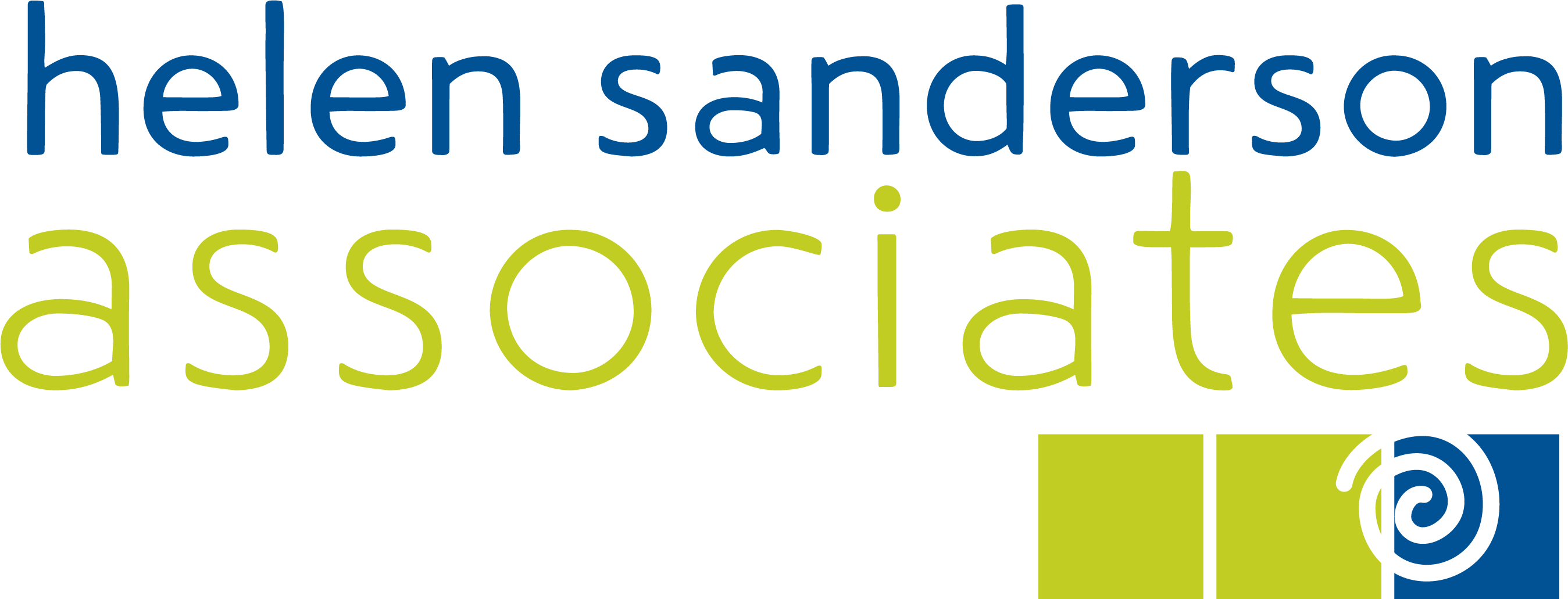Weaving Community Connections

I’m a new weaver and recently joined a weaver’s guild of generous people who share their gifts, talents, successes, and failures freely and without judgment. As a newcomer I was nervous and shy about going to the first meeting, not knowing what to expect or how I would be received. Then I got an email from Ann. She happens to live nearby and noticed, from the newsletter, that I had joined the group. She invited me to carpool with her and a few others to the Saturday meeting, explained what the group was like, what to expect, and what to bring. I am so grateful for her help in easing my transition into this new group. At the first meeting I felt valued and welcomed, embraced by generous offers of support and an instant sense of belonging.
At H S A we’ve been updating our Community Connecting program, getting ready to offer a training course in the fall. One of the ideas we explore in that training is the importance of extending our networks to people we support. When providing support to others, do we show up to provide coverage? Or do we show up to be in relationship? Are we intentional about being in the facilitator role, making it easier for people with intellectual/developmental or other disabilities to connect with people and places that matter to them? Facilitating connections includes making introductions, and helping someone enter a new group, and then gradually stepping back and stepping away.
To do that well, one of the resources we explore in Community Connecting training is Stages of Interaction. We look at one of the groups that someone is interested in joining, and look for what’s needed to become a valued and contributing member of that community. Stages of Interaction helps us map out what happens at each stage of involvement from Arriving, to Getting Started, etc. All organizations, clubs, and community events have routines and rituals that differentiate the newcomers from the old timers.
At my first Weaver’s Guild meeting, which was held at a restaurant, I noticed that members arrived and chatted while waiting to be seated. Everyone was wearing or brought something they had woven, clearly one of the unwritten rules. When we were seated, there were introductions that included how long the person had been a weaver, and a show and tell featuring their latest project. Samples were passed around and held, examined, and admired. Offers of help were exchanged to learn a new weaving structure. There was language that was specific to the art of weaving. And conversations about women and men who had passed the love of weaving on to new generations. As we ended the meeting there were reminders about upcoming learning sessions and the next meeting.
When we look closely at the routines and rituals of community places, we can figure out how to support someone to enter and become a part of the group. A connection where they will be noticed, valued, and missed when they don’t show up.
If Ann had not extended her generosity and network to facilitate my entry to the group, I’m not sure I would have felt supported to take that first step to attend. By continuing to show up, and contributing to others in the same generous spirit with which I was received, I look forward to weaving a new community of friends.
If you would like to learn more, click here to be notified of our next Community Connecting training.
